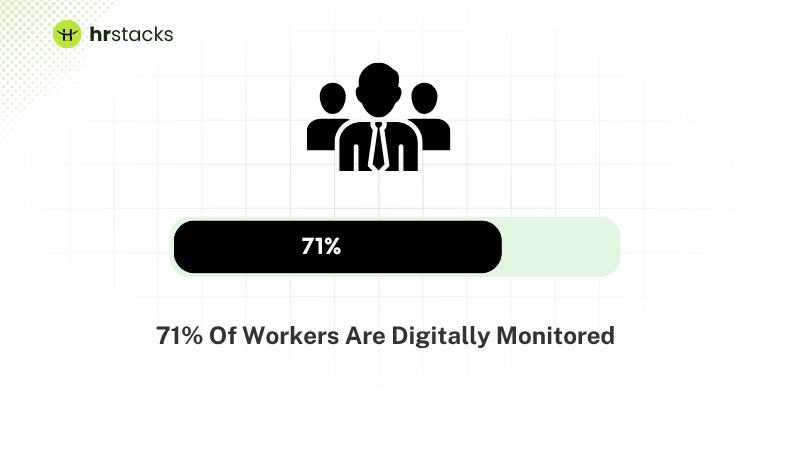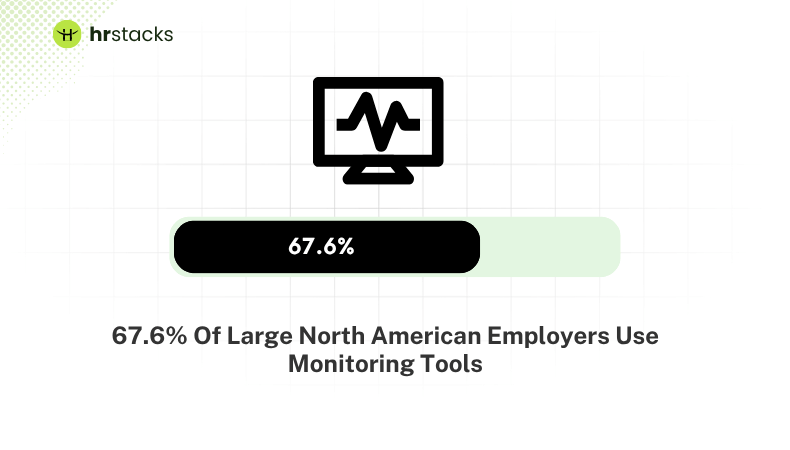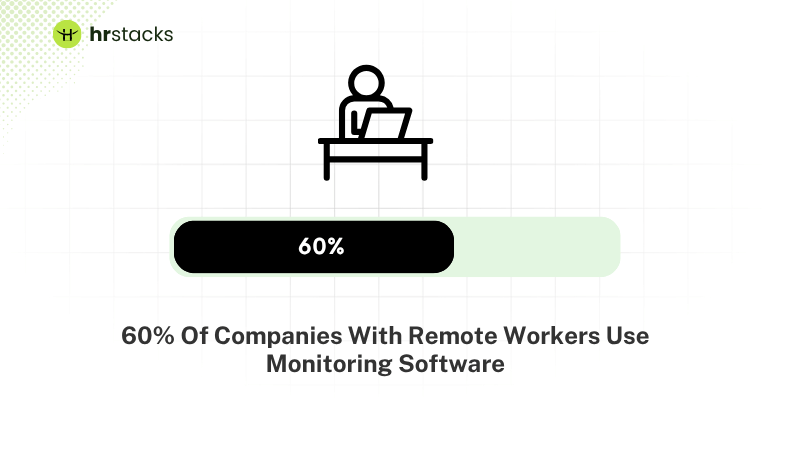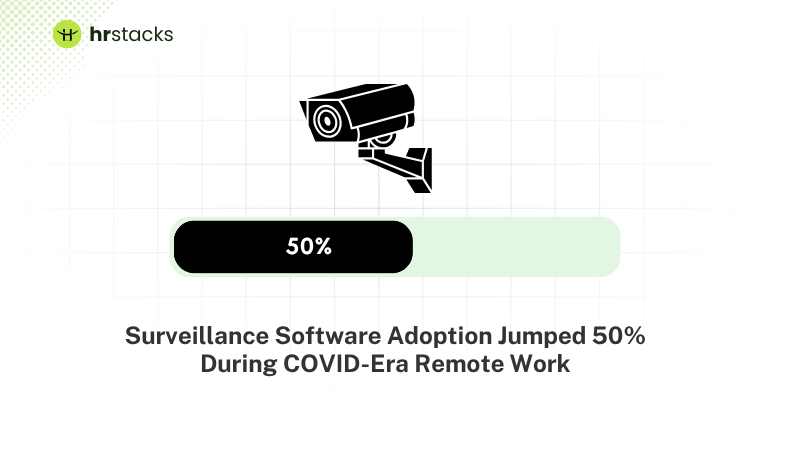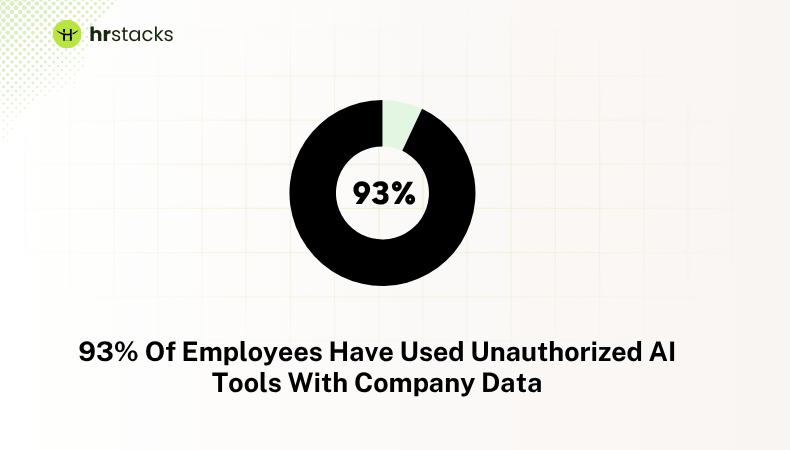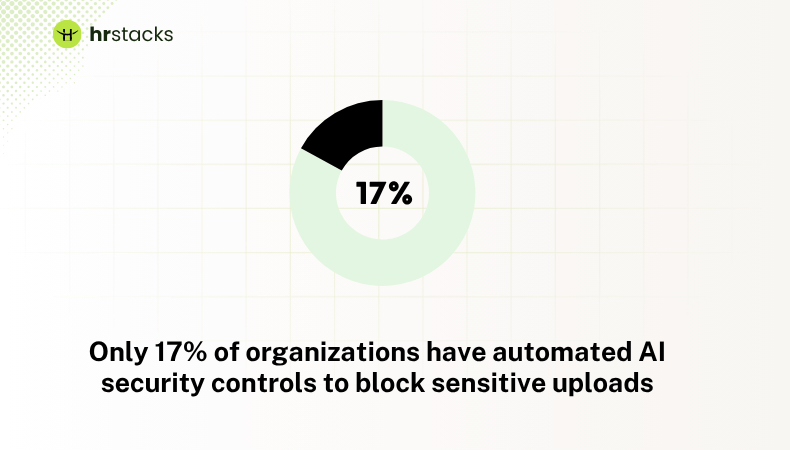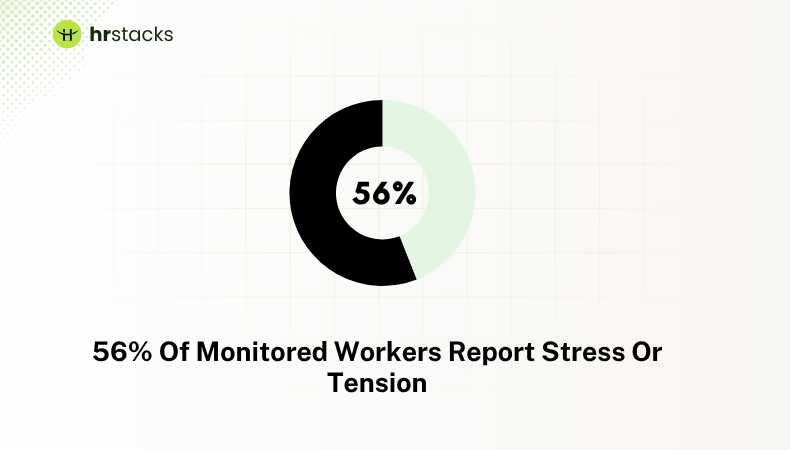Conclusion: Employee Privacy in a Monitored World
Employee privacy is, at its core, about respect and transparency. It means any information collected about workers, whether it’s login data, browsing activity, or even health details, is gathered for a clear reason and handled responsibly.
Privacy matters because it shapes trust. And trust is what keeps employees engaged and willing to embrace tools that genuinely improve safety or productivity. When that trust is broken, morale suffers, stress rises, and loyalty erodes.
Today’s data shows just how far monitoring has spread:
- 71% of employees say they’re digitally monitored.
- Two-thirds of large North American firms now use some form of tracking.
- Usage spiked by about 50% during the pandemic as remote work took hold.
The tools themselves have also changed. What started as basic time-tracking has evolved into screen captures, keystroke logging, biometric checks, and even AI that scans messages for risk signals. At the same time, 93% of employees admit pasting company data into public AI tools, yet only 17% of companies have automated safeguards to stop it.
The human cost is hard to ignore. More than half of monitored employees report higher stress or tension, and many don’t realize just how much data is collected about them. That disconnect breeds resentment and can push valuable people out the door.
For employers, the risks aren’t just cultural. The €32-million fine against Amazon France for intrusive monitoring proved that regulators are serious about enforcing proportionality and transparency. Turnover linked to lost trust also drives up hiring and training costs, often cancelling out the productivity gains monitoring promised in the first place.
A more balanced approach is possible. Companies that clearly explain what they collect, limit it to what’s necessary, build in human oversight for AI, and make their privacy practices easy to understand will be better placed to earn trust and stay on the right side of the law.
Employee privacy doesn’t have to conflict with effective management. The real challenge is knowing where to draw the line between insight and intrusion, and making sure that line is clear to everyone involved.
Don’t miss our detailed employee monitoring and productivity statistics article.







